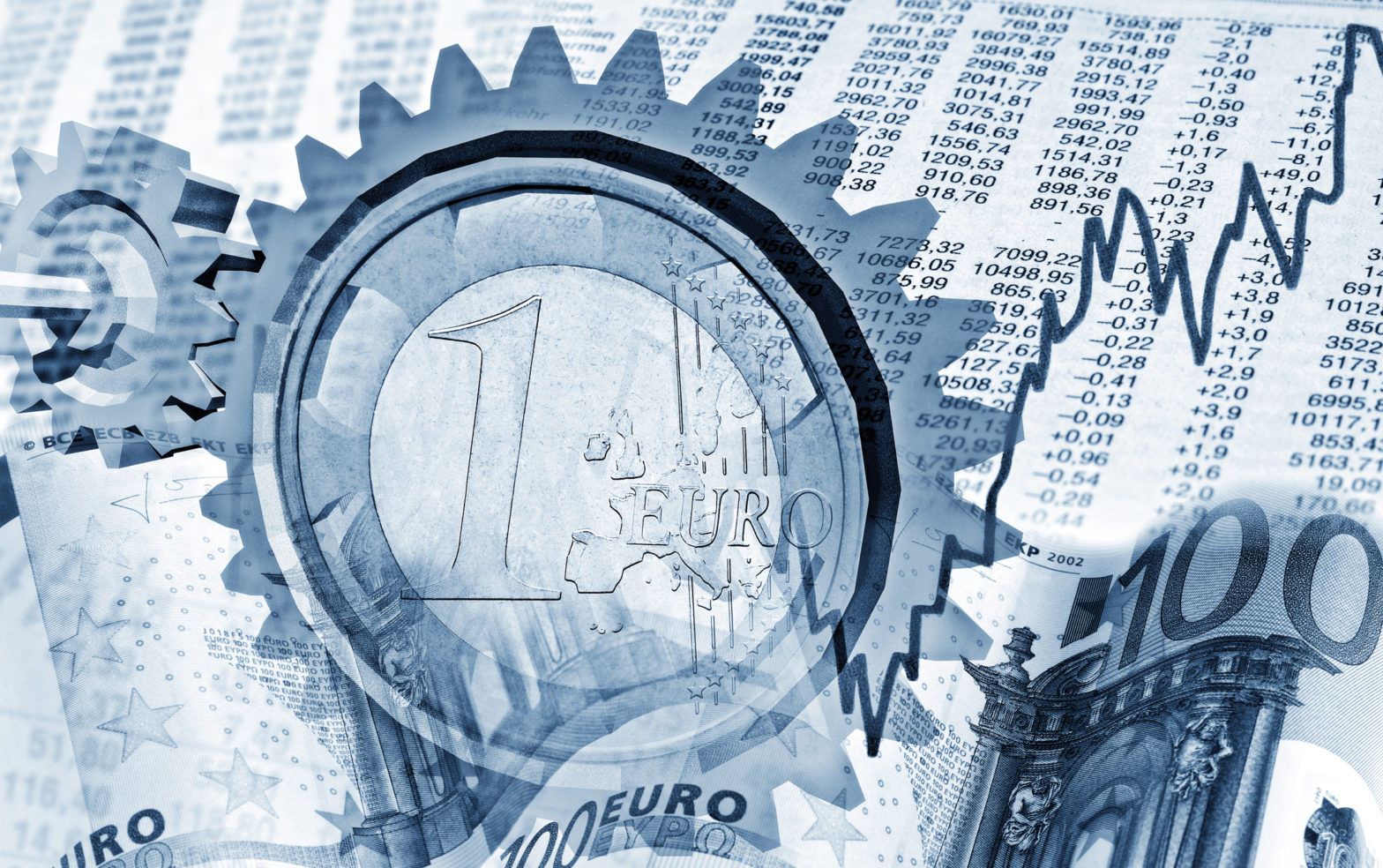In the aftermath of the global financial crisis a decade ago, a number of EU member states were unable to refinance government debt or bail out stricken banks without the help of third parties.
The unflattering acronym ‘PIIGS’ entered the popular lexicon around 2011/12 to describe the key culprits – Portugal, Ireland, Italy, Greece and Spain.
The EU and the IMF implemented stringent austerity programmes to address the crisis and many of the nations involved are now on more solid economic footings. Ireland and Portugal exited their bailout programmes four years ago while Greece’s emergency loan programme ended in August.
Spain’s economy expanded 3.1% in 2017 – the third successive year of more than 3% growth – and Portugal, which was re-awarded its investment-grade credit rating last year, grew at 2.7%.
Fundamentals remain weak
But some of the structural issues the led to the crisis remain. Greece’s debt-to-GDP ratio, for example, remains at about 180%, uncomfortably close to the risk of default. And despite the considerable progress the Lisbon government has made in rebalancing the country’s finances, Portugal’s debt-to-GDP ratio is still 125%.
“The fundamentals in many European countries are still relatively weak,” said Michael Leithead, head of fixed income at EFG Asset Management. “Spain is still running an excessive deficit, as is France.”
France, the second-largest economy in Europe, received a ticking off from Brussels last month, warning that its planned debt reduction in 2019 did not meet previous EU agreements. Spain and Portugal also received similar notes of warning.
“The approach that European governments have taken to the problem [of missing EU budget forecasts] has been to promise to make structural adjustments further down the line,” Leithead said.
A question of Italy
But it was the election of a populist Eurosceptic coalition government in Italy this year, which is in open defiance of the European Commission over its spending plans, that has reignited concerns that another eurozone debt crisis could be around the corner. Italy’s debt-to-GDP ratio is 133%.
Economic growth in the eurozone fell to a four-year low of just 0.2% in the third quarter, dragged down by uncertainty and stagnation in Italy.
The yield on 10-year Italian government bonds has risen more than 90% since the general election in March and Moody’s downgraded the country’s credit rating to a notch above junk in October.
The standoff has affected investor confidence. At Expert Investor’s event in Milan in October, attended by more than 50 fund selectors and managers, 80% of attendees surveyed expressed concerns that the new Italian government could bankrupt the country.
“The difference between Italy and many other European nations is the very high level of debt,” Leithead added.
Fiscal vs current account
Ken Orchard, a fixed Income specialist at T. Rowe Price, described the European debt crisis in 2011/12 as “a classic capital shut off” to Italy and other mainly southern European countries.
“It’s not dissimilar to scenarios at emerging markets in the past when the balance of payments gets shut down.
“A similar situation could happen today, but it would be much more difficult because Italy is now running a current account surplus,” he said.
Too much focus has been paid on Italy’s fiscal account deficit – the difference between government revenue and expenditure – and less on the country’s current account, the country’s total exports against its imports, Orchard said.
Italy has been more successful than some of its eurozone neighbours in transforming its recurrent current deficit into a surplus. The country ran up a current account surplus last year of €47bn, which was the third-largest in the EU after Germany and the Netherlands.
“In light of this surplus, Italy has moved from being a net international debtor to close to a net international creditor position over the past year because of the huge current account surplus it’s running,” Orchard added. “It puts it in a fundamentally different position.”
Leithead shared the view that the fraught political situation in Italy was unlikely to undermine the eurozone.
“In five years’ time, I’m pretty sure Italy will look pretty much the same as it does today,” he said.
Wider populism risks
However, Leithead said a greater risk to the eurozone could be the rise of nationalistic anti-EU populism across Europe more generally, especially in richer countries like Germany, influencing governments to impose more unilateral trading and lending policies.
The nationalist far-right Eurosceptic Alternative for Germany party won 12.6% of the vote and received 94 seats in the Bundestag in the German federal elections in September 2017.
“In some instances [the situation today] is actually more complex [than in 2011/12],” Leithead said, citing the advent of global trade wars in addition to the political risks from populist movements.
“There are considerations when you do risk analysis on a portfolio level on the implications on currencies as well as credit considerations and rate expectations.”
“Any kind of revival of those concerns [around the possibility of another European debt crisis] might actually be driven by the richer European countries triggering a debt crisis in the weaker countries,” he said.
“The risks remain more likely to come from the rise of populist Eurosceptic governments elsewhere than in Italy [which could destabilise the eurozone].”







